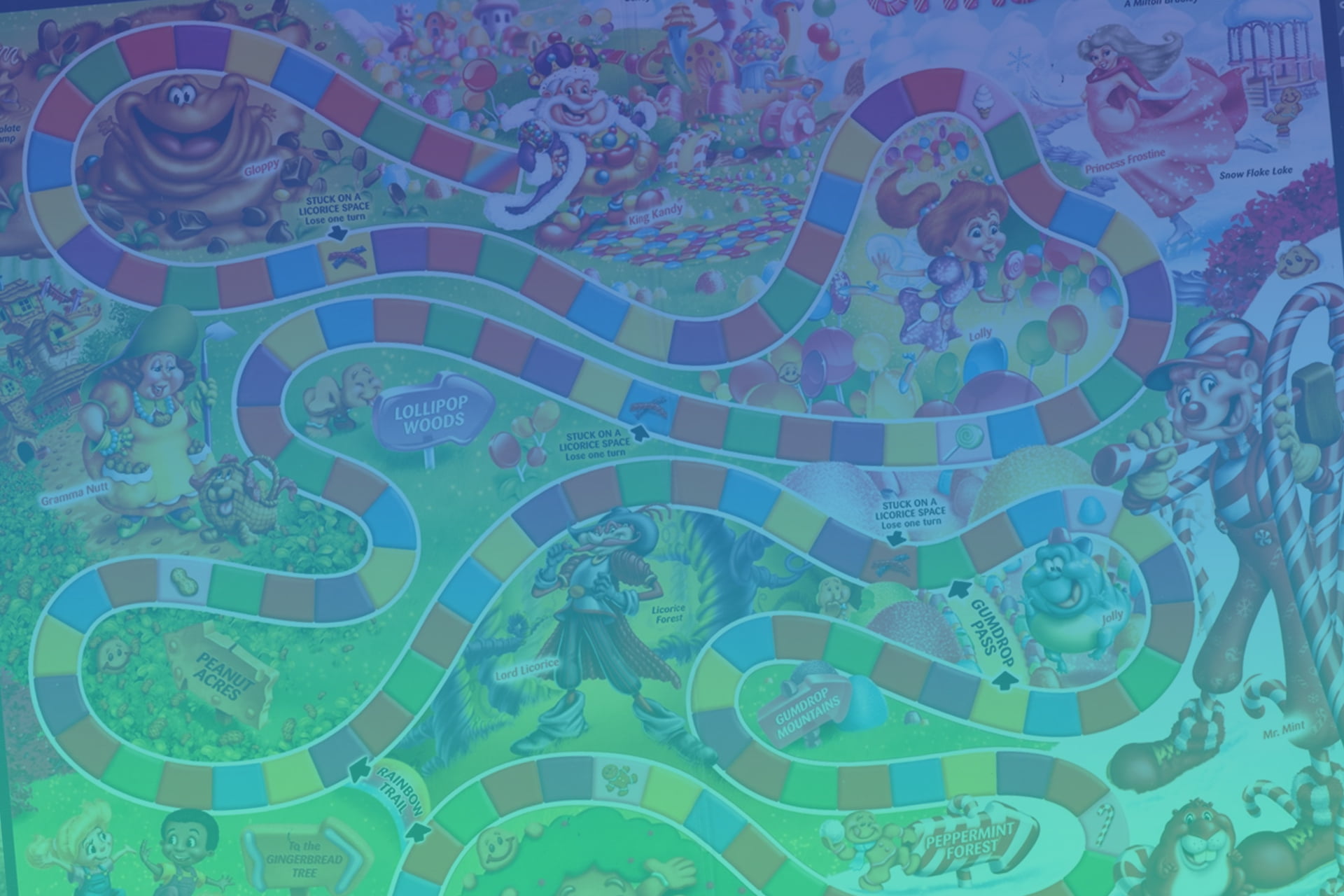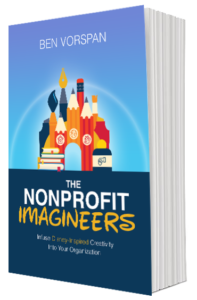
Walt was a cartoonist for the first few decades of his life. When he decided to build his first theme park, his challenge was to give people the opportunity to see what it would feel like to walk, touch, breathe and taste what it would be like inside a cartoon – to take two-dimensional art and transform it into a three-dimensional world. In many ways, I see that as the primary goal of non-profit imagineers. Many non-profit employees work in two, or sometimes, one dimension. They are hired for a specific job, and day after day, they do that single job.
Non-profit imagineers, on the other hand, need to look at all dimensions. Our job is to prioritize one of Walt’s cardinal rules – “know what the people want and build it for them.”
With a view from a thousand feet up, we need to see the Candyland-style map that ties together the sequence of events from the first point of contact, to the first handshake, to the first conversation… all the way until the visitor heads home, making sure the entire interaction is well choreographed and leaves our guests wanting more. We must see how an event fits into a campaign, and how the campaign fits within our mission. We must make sure that every piece of collateral, and every point of contact gives our guests exactly what they want and need. And, often without anyone realizing just how many dominoes we’ve precisely set up, we execute the chain reaction that might continue for months or years in the future; The chain reaction with a single goal that is always in the back of the non-profit imagineer’s mind: to make our supporters fall in love with our organization over and over and over again.
“Guests”? “Choreographed”? “Candyland”? We’re a non-profit… We don’t “choreograph guest experiences.” We “meet an important need for our members/clients/community”. We are a serious business!
Fair enough – maybe we can’t look at religion or poverty or education as a “show” the way that Walt looked at his animation or theme park. Maybe we aren’t “entertaining” our constituents with a “story” in the traditional sense, but what’s the difference between entertaining and engaging? What’s the difference between telling a story and connecting through a narrative? The lexicon might not match the “best practices” or “think outside the box” books we’ve read, or the discussions we’ve had with other non-profit professionals, but I guarantee the bottom line is the same.
Wait a minute – why am I trying to justify this to you? Rather than trying to temper this book to conform to the norms of what our industry expects, I’m here to challenge you! To set the box on fire (again – not an admission of guilt)! We’re here to be creative, to think differently – to imagineer!
Prepare to explore areas that non-profits generally don’t think about. Prepare to be challenged with concepts that are simultaneously deeper AND higher-level than anything you’ve thought about in your professional career. We’re going to start with 2-dimensions, and come out the other end in glorious Imax 3-d with Dolby digital sound and the artificial scent of peanut butter fudge wafting through the air.
So, off we set on a journey to learn a little something about making our non-profits better the same way Uncle Walt would have.
 Celebrate 2 years of Imagineering!
Celebrate 2 years of Imagineering!
Comments are closed